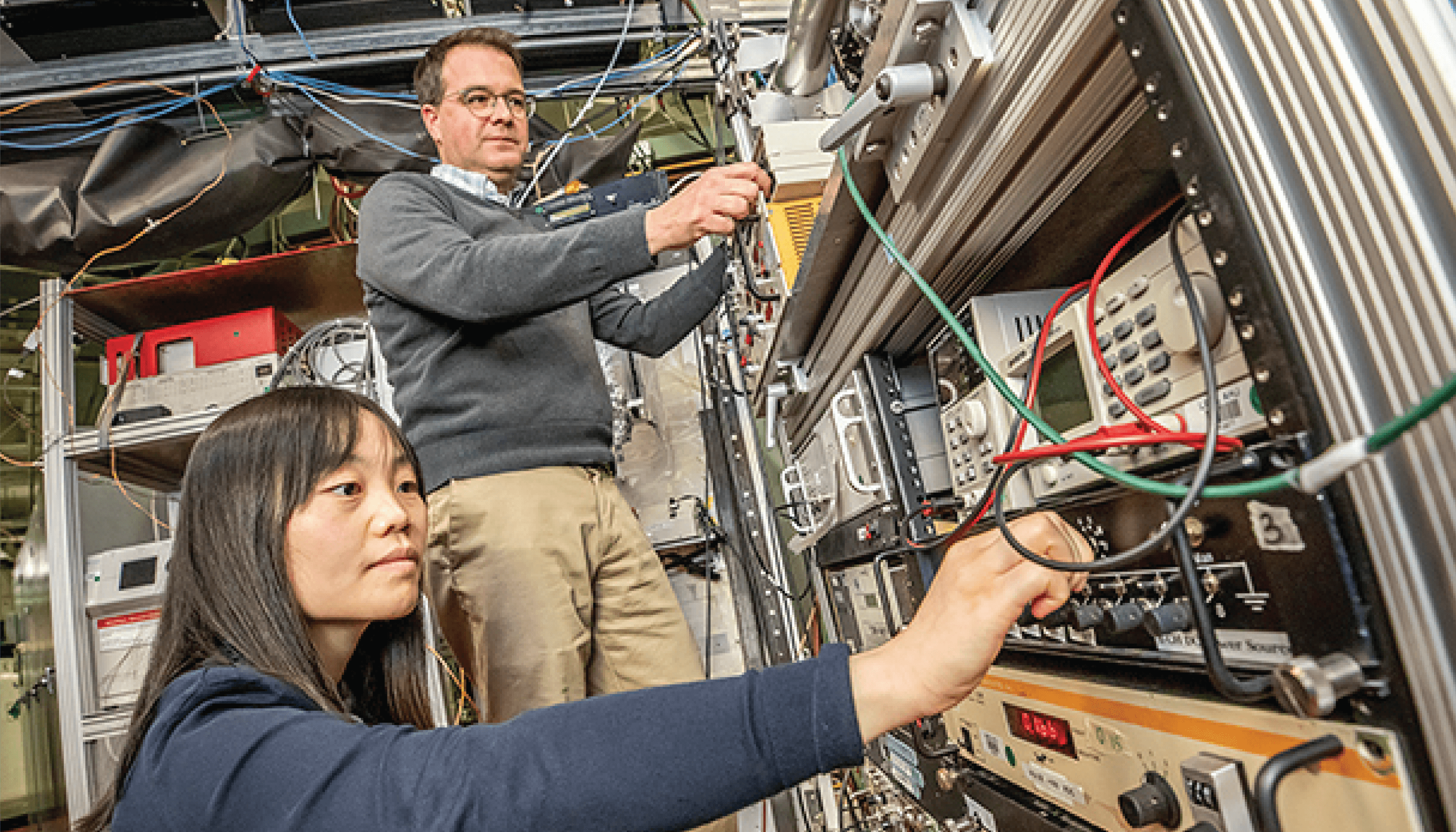Autoxidation pathways of unsaturated lipids, involving biradical Criegee intermediates (CIs), could provide a link between our increased risk of developing chronic diseases or cancers as we get older, and food decomposition.
Hydroxyl radicals and other reactive oxygen species are known to cause irreversible damage to the unsaturated lipids in our bodies and our food. But Kevin Wilson (Deputy Director of Lawrence Berkeley National Laboratory’s Chemical Sciences Division) and his team have discovered that these radicals have a partner in crime; so-called “Criegee intermediates,” more commonly known for their role in atmospheric chemistry.

“At the start of this research, we observed unexpected ‘secondary ozonides’ during a hydroxyl reaction with unsaturated lipids. These are typically associated with ozone chemistry and not with reaction pathways involving hydroxyl radicals,” says Wilson.
The finding stumped the team for many years, until a 2018 study showed a connection between CIs and hydroxyl radical reactions (1). Meirong Zeng (first author of the study) then designed new experiments proving that CIs play a central role in autoxidation – an autocatalytic free radical chain reaction that leads to the slow, persistent destruction of organic molecules.
“Our work points to autoxidation being initiated by hydroxyl radical addition to C=C bonds and propagated by chain reactions involving CIs, rather than the H-abstraction and peroxy radicals conventionally thought to be dominant,” Wilson says.
Zeng adds, “This new pathway leads to unexpectedly rapid lipid degradation, implying that CIs could play a much more prominent role in aging and disease than previously thought (2).”
Nanodroplets containing lipid molecules were used in the experiments, and the kinetics and reaction products within them analyzed in real-time using a homemade vacuum ultraviolet (VUV) aerosol mass spectrometer. VUV photoionization allowed critical reaction products to be observed, revealing the CIs.
The next step is to investigate reaction pathways and rate constants for the hydroxyl-peroxyl radical/Criegee intermediates reactions, and to see whether there are broader implications for human health. “We hope the results from our study inspire further research into the biochemistry of CIs, potentially aiding both the prevention of disease and the preservation of food,” says Wilson.
References
- X Zhang et al., J Am Chem Soc, 140, 17492 (2018). DOI: 10.1021/jacs.8b08610
- M Zeng et al., PNAS, 117, 4486 (2020). DOI: 10.1073/pnas.1920765117




